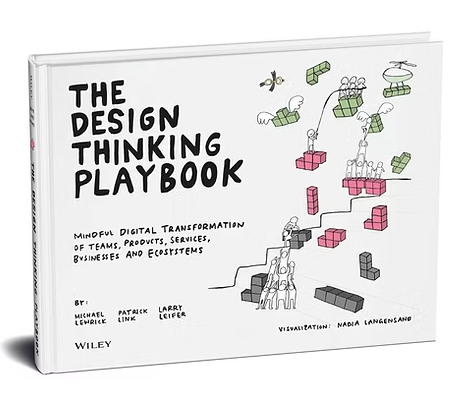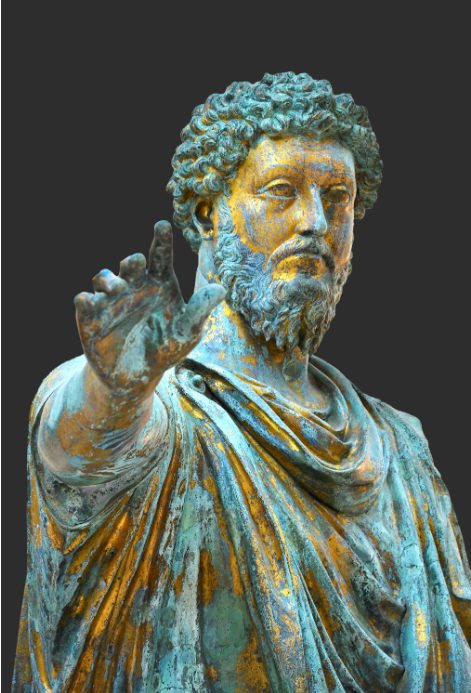Refining Tax Function Operating Model
In today's rapidly evolving business landscape, refining a tax function operating model necessitates innovative strategies to optimize operations and deliver substantial value. Design thinking, a human-centered methodology that fosters creativity and problem-solving, has emerged as a pivotal approach in this context. Numerous publications and articles on design thinking provide comprehensive guidance on applying this methodology across diverse fields. This article delves into the application of design thinking in crafting an effective tax function operating model, transforming conventional tax processes into agile, efficient, and value-driven systems.
Design thinking is a problem-solving approach that emphasizes empathy, collaboration, and experimentation. It involves understanding the needs and experiences of users, generating ideas, prototyping solutions, and iterating based on feedback. The process is non-linear and encourages a mindset of curiosity and openness to new possibilities. By focusing on the human experience, design thinking helps organizations create solutions that are not only functional but also meaningful and impactful.
The tax function within an organization is critical for ensuring compliance, managing risks, and optimizing tax strategies. However, traditional tax processes often face challenges such as complexity, inefficiency, and a lack of integration with broader business objectives. As businesses undergo digital transformation, there is an opportunity to rethink and redesign the tax function operating model to better align with organizational goals and deliver enhanced value.
The first step in applying design thinking to the tax function is to empathize with stakeholders, including tax professionals, business leaders, and external partners. This involves conducting interviews, surveys, and observations to gain insights into their experiences, pain points, and aspirations. By understanding the diverse needs and perspectives of stakeholders, organizations can identify opportunities for improvement and innovation.
Once stakeholder needs are understood, the next step is to define the problem clearly. This involves synthesizing insights and identifying key challenges that the tax function faces. For example, issues such as data silos, manual processes, and lack of real-time reporting may be highlighted. By articulating the problem, organizations can focus their efforts on addressing the most critical areas for transformation.
With a clear problem definition, the ideation phase involves brainstorming and generating a wide range of potential solutions. This is where creativity and collaboration come into play, as cross-functional teams work together to explore innovative ideas. Techniques such as mind mapping, sketching, and role-playing can be used to stimulate creative thinking and uncover novel approaches to redesigning the tax function operating model.
Prototyping is a crucial step in design thinking, allowing organizations to build tangible representations of their ideas and test them in real-world scenarios. In the context of the tax function, prototypes may include digital tools, process maps, or workflow simulations. By creating prototypes, organizations can gather feedback from stakeholders, identify potential issues, and refine solutions before full-scale implementation.
The testing phase involves evaluating prototypes and gathering feedback to iterate and improve solutions. This is an ongoing process, as organizations continuously refine their tax function operating model based on stakeholder input and changing business needs. By embracing a culture of experimentation and learning, organizations can ensure that their tax processes remain agile and responsive to evolving challenges.
Applying design thinking to the tax function operating model offers several benefits. By focusing on stakeholder needs, organizations can create tax processes that are intuitive, user-friendly, and aligned with business objectives. Design thinking encourages the simplification and automation of processes, reducing manual effort and improving operational efficiency. The collaborative nature of design thinking fosters cross-functional teamwork, breaking down silos and promoting a shared understanding of goals. The iterative nature of design thinking allows organizations to quickly adapt to changes and continuously improve their tax function. By integrating the tax function with broader business strategies, organizations can optimize responsible tax planning and enhance value creation.
Incorporating design thinking into the development of a tax function operating model represents a transformative approach to modernizing tax processes. By prioritizing empathy, creativity, and collaboration, organizations can develop solutions that are not only efficient but also meaningful and impactful. As businesses continue to navigate the complexities of digital transformation, design thinking offers a powerful framework for reimagining the tax function and driving sustainable growth. Through mindful application of design thinking principles, organizations can unlock new opportunities, enhance stakeholder experiences, and achieve strategic alignment in their tax operations.





